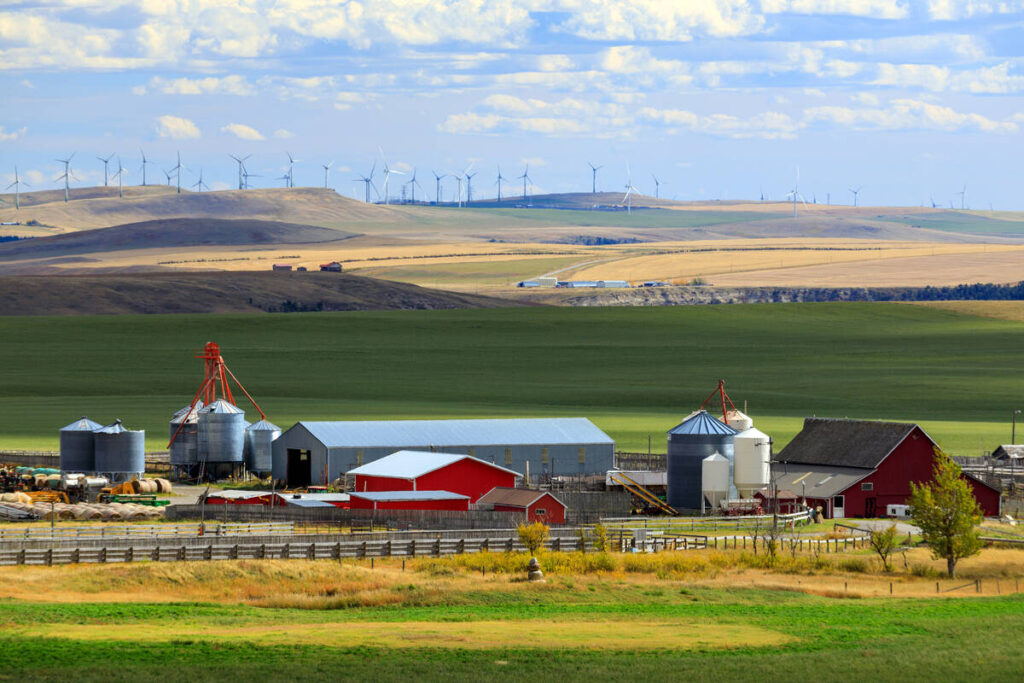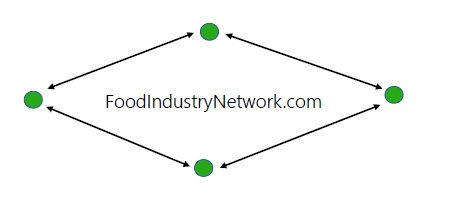Policy institute calls for open review of ag spending

Glacier FarmMedia — A full-scale review of Canadian agricultural spending should be a top priority in this time of global uncertainty, said a new report from the Canadian Agri-Food Policy Institute.
It would likely put business risk management spending under the microscope as costs have soared in recent years, and the leaders of both major parties currently campaigning to be prime minister are talking about spending less.
“It is worth noting the cost of the BRM suite effectively doubled between 2019-20 and 2023-24,” said CAPI managing director and co-author of the report Tyler McCann. “The cost to Agriculture Canada alone for their 60 per cent is over $2 billion, most of that because of the increased costs of crop insurance.”
Read Also


Oil and biofuel coalition to meet with U.S. Environmental Protection Agency
A coalition of oil and biofuel groups will meet with the U.S. Environmental Protection Agency on Tuesday to make the case for higher federal mandates for biomass diesel blending, according to three sources familiar with the plans.
‘Sacred cows’
The report notes, however, that BRM programs are “sacred cows” that both farmers and politicians would like to preserve. It said the question is not just how much is spent but how effective it is spent.
“To the crop insurance cost, I think that the industry itself needs to understand that we’re living in a world today where the impact of the trade war that we’re in could do more harm to farmers than a drought does, but we have a significant substantial BRM program to respond to drought, but we don’t have a substantial program to respond to trade wars,” McCann said.
Federal agriculture spending flows through several channels. For example, the department itself had a budget of about $4.2 billion in 2024-25, but there are other organizations such as the Canadian Food Inspection Agency and Pest Management Regulatory Agency that are funded through other departments.
McCann said the Sustainable Canadian Agricultural Partnership is usually referred to as a $3-billion program, but it’s cost-shared and doesn’t include the BRM suite.
“That ag policy framework is actually a $15-billion initiative, and probably on track to be more than now, because of the significant cost of the BRM suite,” he said. “I think we need to be more transparent and understand that there are significant implications of that spending.”
There are questions about the sustainability of the crop insurance program, although government rarely says that out loud, he said. The report said everything should be on the table for review, including the sacred cows and politically sensitive programs that are often off the table.
“This status quo bias can perpetuate inefficiencies and prevent the reallocation of resources to more effective or innovative initiatives,” the report said. “Audit reports consistently highlight problems and gaps, yet these findings often fail to translate into meaningful changes, instead gathering dust on shelves.”
How effective is the spending?
Despite this substantial support for agriculture stakeholders always call for more. A review would look at how effective the spending is rather than just the funding level.
The report, co-authored with Elisabeta Lika, suggests the review proceed the way it did during the Jean Chretien government of the 1990s when it applied a test across government to assess its role and value for money. This differs from the last review of the across-the-board cuts through Stephen Harper’s Deficit Reduction Action Plan completed in 2012.
The 1995 program review used six-test methodology to make decisions, beginning with the question of whether a program continues to serve a public interest. If the answer was no, it was abandoned or transferred.
If yes, the question became if there was a legitimate role for the government, followed by whether it should be federal or provincial government, if the activities could be transferred to the private sector, how it could be more efficient and finally, if the result is affordable within fiscal restraint.
McCann and Lika applied the six tests to several areas of agricultural spending, noting the challenges of federal-provincial-territorial relations and business risk management programs, along with what they called hidden complexities of the role of the department and public goods, climate change, market volatility and supply chain issues, and program cycles and performance measurement gaps.
McCann said a program review undertaken right away would allow enough time before the next version of the agricultural policy framework is negotiated and launched in 2028.
The authors reviewed AgriInvest specifically and found it probably doesn’t pass the public good test, he said, because it is intended to help producers manage small fluctuations that a typical business should be able to manage.
“Similarly the examination of on-farm programs (On-Farm Climate Action Fund, Agricultural Clean Technology Program) highlights potential duplication with provincial efforts,” the report said. “The lack of clarity between federal and provincial roles has increased as AAFC has shifted to funding more on-farm activities.”
But the historic practice is to let provinces lead, meaning the programs don’t pass the federalism test, McCann said.
Funding innovation
In the area of innovation, McCann said there is a strong case for government to fund it but in a different way.
“The last example we use is trade and market access. Given the climate that we’re in, if anything there’s a greater public role and opportunity to actually spend more in that space than they’re spending today,” he said.
McCann added the context of a trade war with the United States puts extra pressure on the need for review because everyone requires a clear sense of whether programs align with priorities, meet the test of the moment, or if governments are providing them just because they have been for 30 years.
“We don’t often have this conversation in agriculture and we do live in a reality where often the response is always, ‘we need government to invest more.’ I think there is a strong argument to be made for governments to invest more in the ag space, but I think before we do that we need to really look at what they’re spending today already and ask ourselves the questions around is it being spent the right way and are we getting the right result.”
He said typically the reviews happen behind closed doors and CAPI would like more of this discussion out in the open.
Source: Farmtario.com


